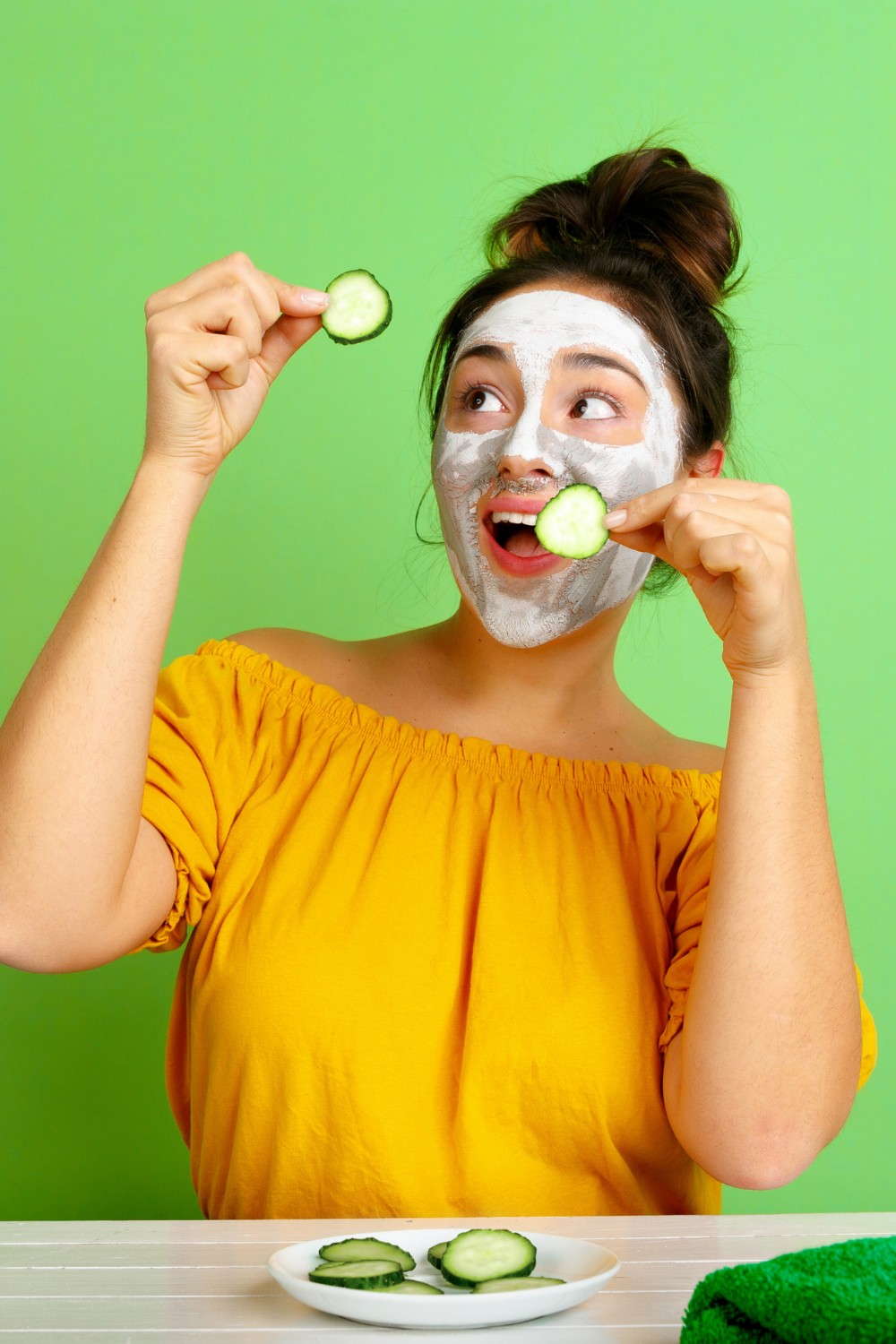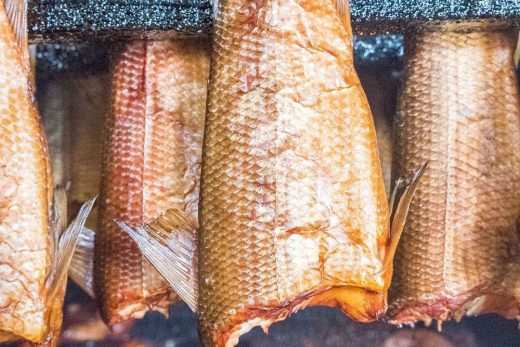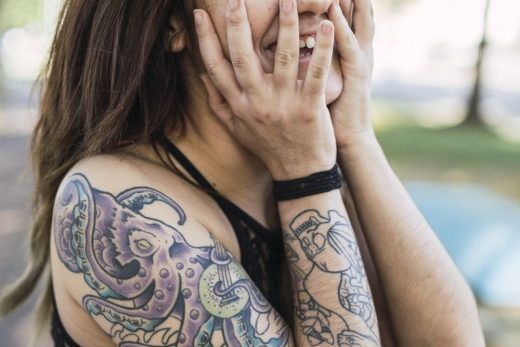ACNE
The increase in oil secretion due to the use of masks in the summer months, especially in oily skin, can lead to clogging of the pores on the skin, resulting in acne and acne formation.
“This case was published in the American Academy of Dermatology, with a study of 83 healthcare professionals, and gave rise to a concept that entered the medical literature: Maskne. “Maskne has taken its place in the medical literature as a type of acne seen in healthcare workers who have to wear masks for a long time or people who have to work outside the home for long hours.”
WHAT TO DO?
- Always change your mask during the day.
- When you reach home from outside, wash your face with a cleanser suitable for your skin structure.
- When choosing sunscreen or moisturizer, choose water-based products.
- Once a week peeling will help to keep the pores on your skin open and prevent acne formation. The temperature increase on the face caused by the
ROZASEA
Mask can trigger the rosacea disease, which is known as ‘rosacea’ among the people, and increases with heat. As a result, widespread redness, increased vascularity and acne may develop in rosacea patients.
WHAT TO DO?
- Do not go out as much as possible during hot hours. Choose cool places.
- Avoid bitter and spicy foods and acidic beverages. Minimize tea, coffee and alcohol consumption.
CISTS
Perspiration, which increases with the effect of the mask, can block the sweat glands and cause sweat gland cysts. These cysts can sometimes be in the form of transparent water sacs and sometimes in the form of milia cysts known as rash among the people.
WHAT TO DO?
- Use a cleanser suitable for your skin structure twice a day to avoid clogging the pores due to perspiration.
- Always change your mask moistened by sweat.
- Even if you do not have the opportunity to wash your face when you sweat, removing the sweat with a water-soaked napkin will prevent sweat from clogging your pores.





